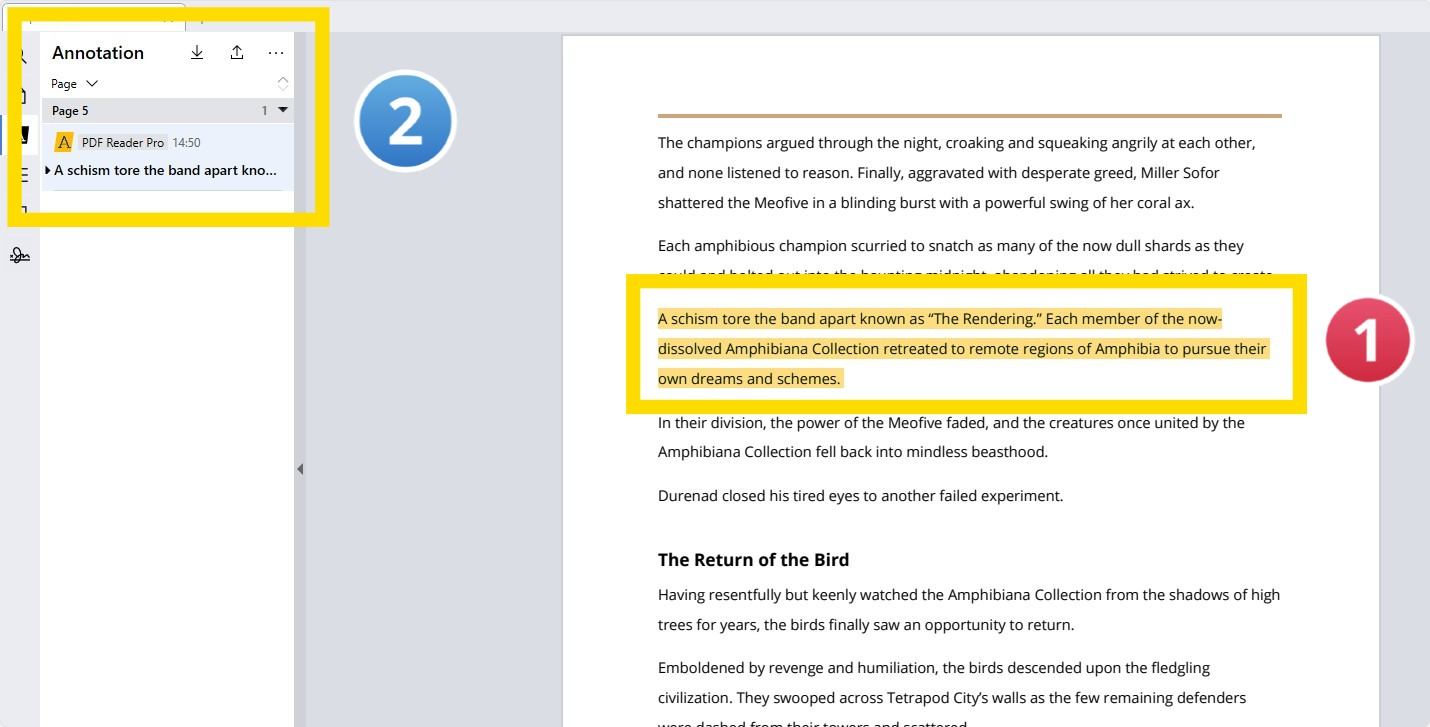Writing an essay can be a challenging yet rewarding task. Whether you are a student, a professional, or an aspiring writer, mastering the art of essay writing is essential.
This blog post will guide you through the process of writing an effective essay, providing practical strategies and tips to enhance your writing skills.
Step 1: Research and Organize Your Information
The Importance of Thorough Research
Writing a compelling essay starts with a solid foundation of research. Begin by gathering a diverse array of sources.
Look into books, academic journals, and reputable websites to ensure a comprehensive understanding of the topic. Remember, the quality of your essay heavily depends on the quality of your research.
Annotating and Highlighting Key Points
As you delve into your sources, keep a keen eye on important details. Annotate and highlight key points that stand out.
This practice is crucial as it helps in identifying significant information which will later form the backbone of your essay. This step also aids in remembering and understanding the material better.
Organizing Your Research Effectively
Once you have a wealth of information, the next step is to organize it efficiently.
Whether you prefer digital tools or traditional methods like index cards, categorize your research by topics or arguments.
This organized structure will not only save time but also provide clarity when you begin to draft your essay.
Building Your Essay's Backbone
Every great essay starts with a solid framework. Key elements like the topic sentence, thesis statement, and introductory paragraph form the basic skeleton of your essay.
Whether it's an argumentative essay, expository essay, or any other type of essay, having a clear and concise thesis statement and topic sentence is crucial.
These elements guide the direction of your entire essay, ensuring that your writing stays on track.
Developing a Cohesive Structure
A successful essay is not just about the content but also about how it's presented.
Transitions between paragraphs are vital in maintaining the flow of your writing.
Each paragraph should seamlessly lead to the next, enhancing the overall readability and effectiveness of your essay.
Enhancing Writing Skills
Essay writing is an opportunity to showcase your writing skills.
From college essays to university essays, each piece of writing should reflect clarity, coherence, and a deep understanding of the subject.
The process of essay writing, including planning and organizing, plays a significant role in shaping a successful essay.
By following these steps in the research and organization phase, you lay a strong foundation for your essay, regardless of its type or topic.

Step 2: Create an Essay Outline
Outlines are the foundation of any good essay. While many students skip this phase and get straight to writing their first draft, we strongly recommend you take the time and dedication to plan your essay correctly.
Let's find out how.
Crafting the Basic Structure
The first step in creating an essay outline is to define the basic structure. Every essay, regardless of its type, follows a fundamental format consisting of:
- An introduction
- Body paragraphs
- A conclusion
This structure acts as a guide, helping you to organize your thoughts coherently.
Developing a Strong Thesis Statement
The cornerstone of your essay is the thesis statement. It should clearly and concisely declare your essay's main argument or point. A well-crafted thesis not only sets the tone and direction of your essay but also guides the reader on what to expect.
It's crucial to spend time refining your thesis to ensure it effectively captures the essence of your essay.
Organizing Your Arguments Efficiently
Once you have your thesis statement, the next step is to list and organize the main points that will support it. Each point should be a separate paragraph in the body of your essay.
It's vital that these points not only support your thesis but also logically flow from one to the next.
This logical progression of arguments is key to maintaining the reader's interest and ensuring your essay has a persuasive impact.
Ensuring Logical Flow
Your outline should clearly depict how each paragraph and point connects to the next.
This is where the skill of transitions between paragraphs comes into play.
Effective transitions help in weaving your arguments into a cohesive narrative, enhancing the overall clarity and impact of your essay.
By following these steps to create an effective essay outline, you lay the groundwork for a well-structured and compelling piece of writing.
An outline is not just a plan for your essay; it's a roadmap that guides you through the writing process, ensuring that every part of your essay serves its purpose and contributes to the overall argument or narrative.
Learn how to write a book from start to finish with our comprehensive guide, designed to unlock your creative potential.
Step 3: Write the Draft
Great, you've done all the research and planning. You're finally ready to start writing your essay!
Check out our best practice for structuring and executing your first draft.
Introduction
Crafting a Hook:
- Start with an intriguing question, a compelling quote, or a vivid scenario.
- Aim to pique the reader's interest immediately.
Providing Background Information:
- Briefly explain the context or background of your topic.
- Keep it relevant and concise to maintain reader engagement.
Presenting the Thesis Statement:
- Clearly state your main argument or purpose.
- Ensure it aligns with the information presented in your introduction.
Body Paragraphs
Starting with a Strong Topic Sentence:
- Begin each paragraph with a clear topic sentence that outlines the main point.
- Ensure it directly supports your thesis
Incorporating Evidence and Examples:
- Use relevant data, quotes, or real-life examples to substantiate your points.
- Cite sources appropriately to add credibility.
Explanation and Analysis:
- Elaborate on how your evidence supports the argument.
- Connect back to the thesis to maintain focus.
Master the art of writing a compelling college admission essay with our expert tips and strategies.
Transition Wisely
Employing Transition Words and Phrases:
- Use connectors like 'however,' 'furthermore,' and 'as a result' to bridge ideas.
- Aid the reader in following the logical progression of your essay.
Ensuring Cohesive Flow:
- Check that each paragraph smoothly leads into the next.
- Maintain a consistent tone and style throughout.
Review for Clarity:
- After writing, review transitions for natural flow and coherence.
- Make adjustments as needed to improve readability.
You create a compelling and cohesive essay that effectively communicates your ideas by methodically crafting each section of your draft, from the engaging introduction to the well-connected body paragraphs, and utilizing wise transitions.
Step 4: Revise and Edit
Revising and editing your essay is vital to ensure it's well-written, clear, and impactful.
This process is especially crucial for different types of essays, including personal, school, and admissions.
Discover the steps to write an engaging autobiography with our detailed guide, helping you share your life story effectively.
Review for Structure and Content
Ensuring Alignment with Your Thesis
- Check that each part of your essay, from the introduction to the conclusion, reinforces your thesis statement.
- For a strong thesis, make sure every paragraph contributes directly to your argument.
Assessing the Overall Flow
- Evaluate whether your essay maintains a logical flow, with each section naturally leading into the next.
- In admissions essays and personal essays, ensure that your narrative is coherent and compelling.
Identifying Gaps and Redundancies
- Look for any missing points that could strengthen your argument or story.
- Remove any redundant or off-topic information to maintain focus and clarity.
Explore our recommendations in our guide to writing thank you notes.
Check for Grammar and Style
Refining Sentence Structure
- Review your sentences for variety and clarity to enhance the readability of your essay.
- Pay close attention to writing style, ensuring it’s consistent and appropriate for the essay type.
Correcting Grammar and Spelling
- Eliminate spelling errors and grammatical mistakes for a polished and professional finish.
- Utilize tools or resources to help with grammar and citation style, ensuring academic integrity.
Nix these filler words to sound more confident:
🚫 Basically
🚫 Just
🚫 Very/Really/Highly
🚫 Needless to say
— Grammarly (@Grammarly) October 11, 2023
Seek Feedback
Gaining Different Perspectives
- Share your draft with peers, mentors, or educators to get diverse viewpoints.
- Feedback is particularly beneficial for refining your essay idea and strengthening your argument or narrative.
Incorporating Constructive Criticism
- Be open to suggestions and consider how they can improve the effectiveness of your essay.
- Remember, the goal is to create a strong essay that clearly communicates your message or story.

Editing, Annotating, and Converting Your Essay
PDF Reader Pro was built with students in mind, knowing that many needed an affordable and powerful essay editing resource.
Find out what PDF Reader Pro can do for your essay-reviewing efforts.
Streamlining the Editing Process
- Use PDF Reader Pro to annotate and highlight key sections of your essay easily.
- Please take advantage of its user-friendly interface to quickly navigate through your document.

Enhancing Your Review with Annotations
- Use annotation tools to underline important sentences or phrases that align with your thesis.
- Use the commenting feature to make notes on areas that require further refinement or clarification.

Collaborative Feedback
- Share your essay in PDF format with peers or educators for their feedback.
- PDF Reader Pro allows multiple users to annotate the document, making it a valuable tool for collaborative editing.

By thoroughly revising and editing your work, you'll enhance the quality of your essay, whether it's a simple essay for a class or a complex academic paper.
Mind mapping and keeping the original question in mind can also be beneficial during this phase. This meticulous process polishes your writing and sharpens your overall writing skills.
Learn how to craft a clear and professional contract acceptance letter with our straightforward guide.
Step 5: Finalize Your Essay
You're almost ready to submit your essay and get some well-deserved rest.
All you need to do is check the following boxes before slamming your laptop shut.
Education Planner Template: Navigating Your Academic Journey
A versatile tool for organizing courses, assignments, and educational goals.
Ensuring Compliance with Formatting Guidelines
- Adherence to Style Guides: Strictly follow the formatting style specified (MLA, APA, Chicago, etc.), paying attention to citation formats, margins, and heading styles.
- Consistency in Presentation: Double-check font size, line spacing, and paragraph alignment throughout your essay for uniformity.
Refining Language and Clarity
- Auditory Proofreading: Read your essay aloud to identify any awkward phrasing, unclear sentences, or grammatical errors that might have been missed during silent reading.
- Simplifying Complex Ideas: Break down any complicated or convoluted statements into simpler, more comprehensible language for better reader engagement.
Ensuring Originality and Proper Citation
- Plagiarism Check: Utilize plagiarism detection software to ensure the originality of your content.
- Accurate Source Attribution: Meticulously review your citations and references to ensure they align with the chosen formatting style, giving proper credit to the original authors.

Finalizing your essay involves a thorough review of formatting, language, and originality.
Each of these steps plays a critical role in preparing your essay for submission, ensuring it meets academic standards and communicates your ideas clearly and effectively.








 Free Download
Free Download  Free Download
Free Download 








 Support Chat
Support Chat